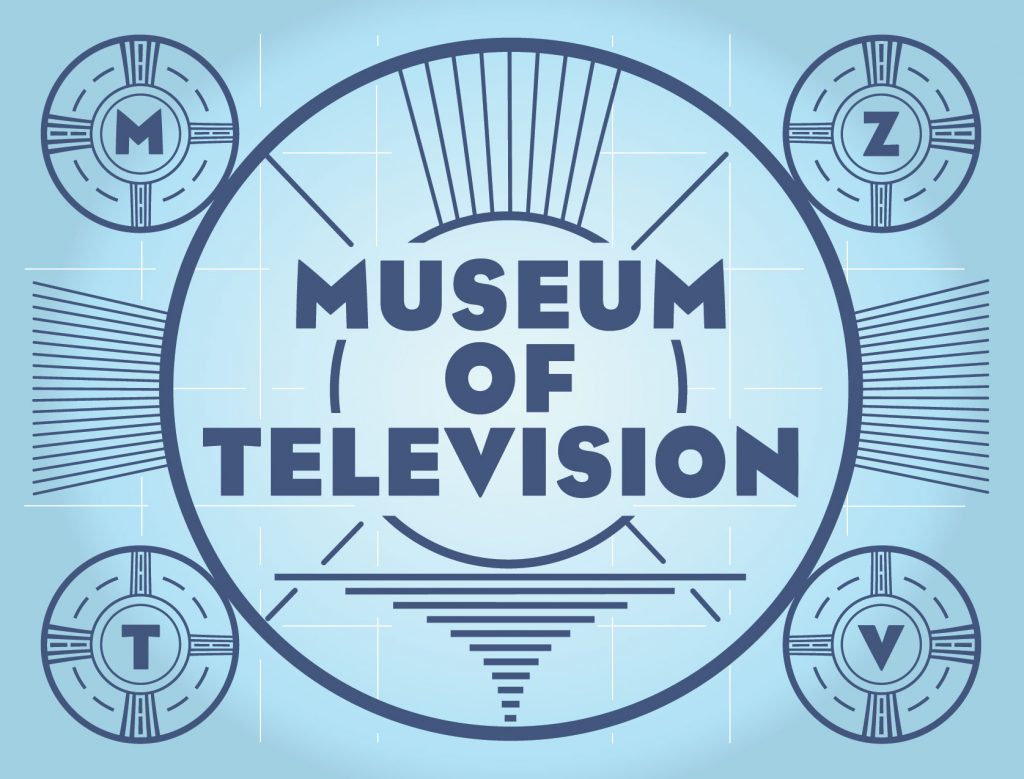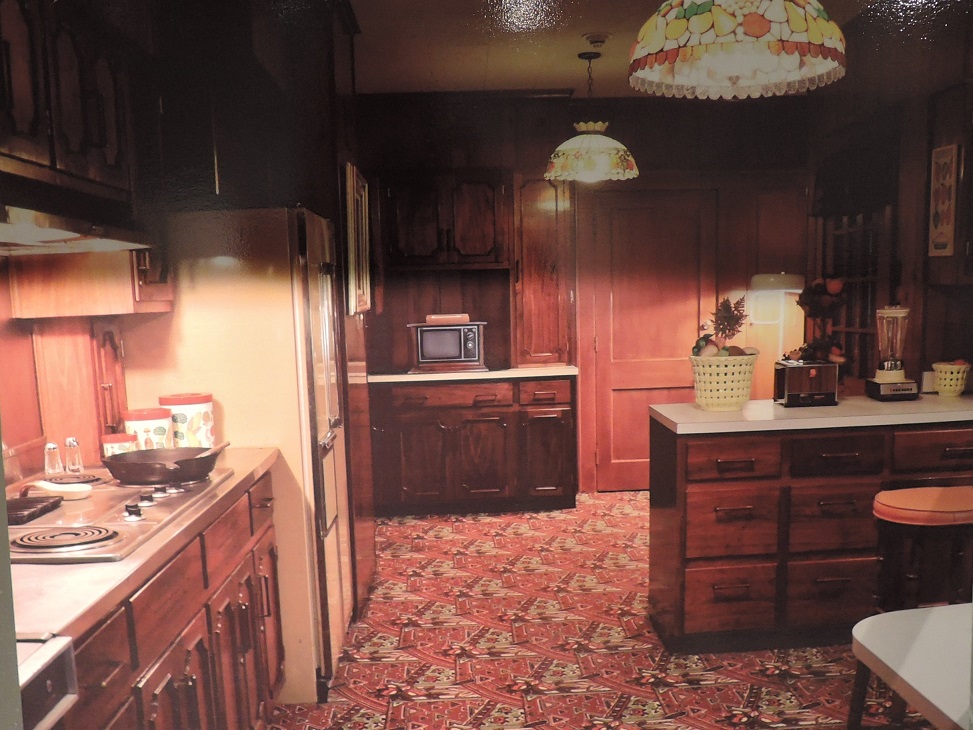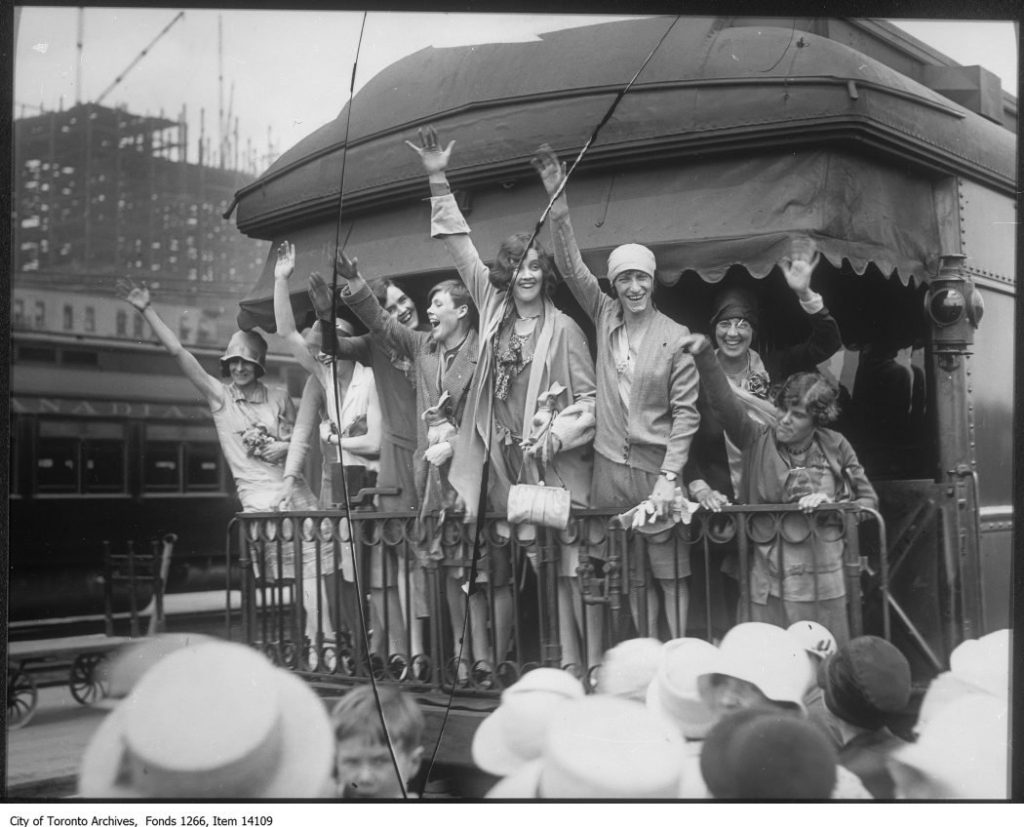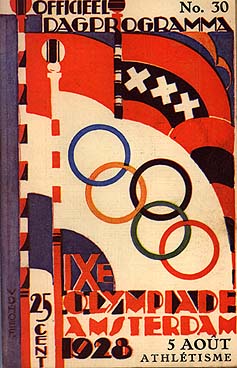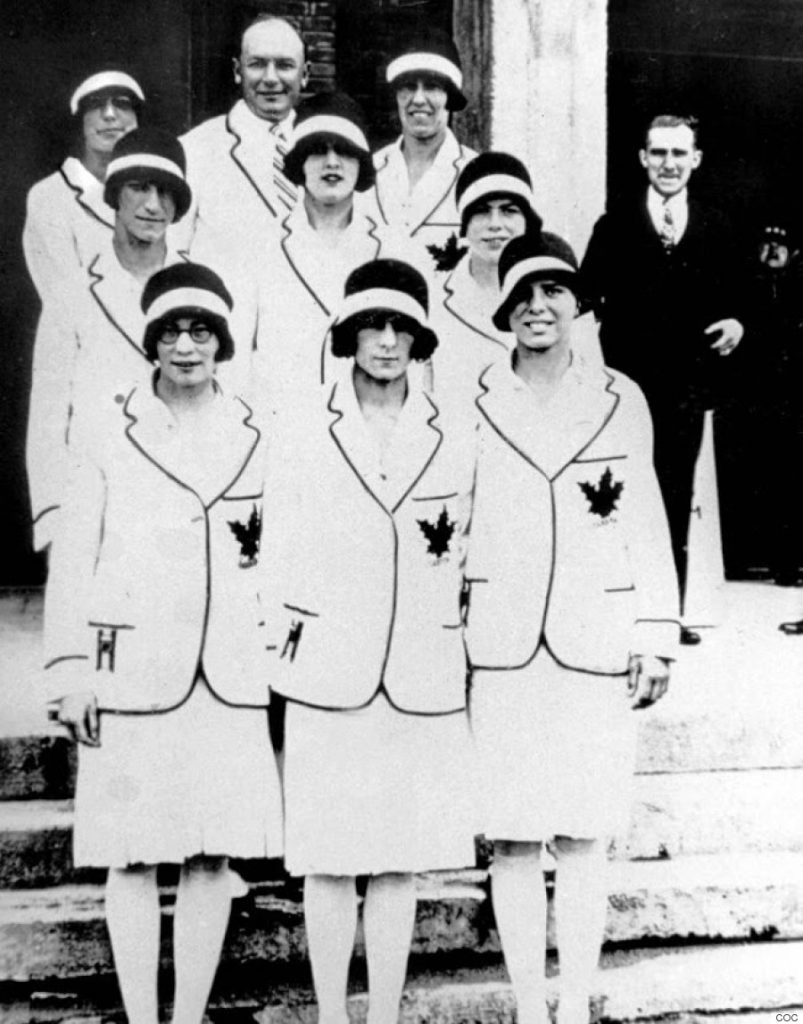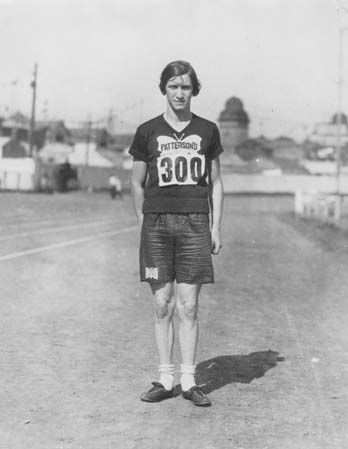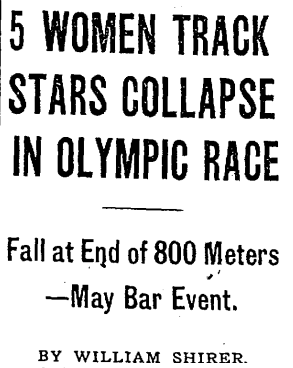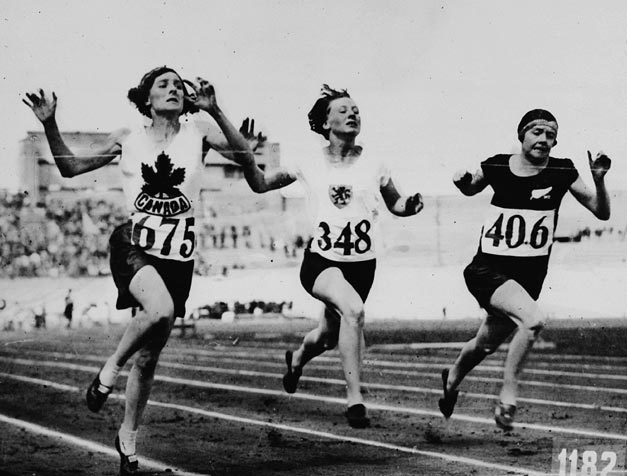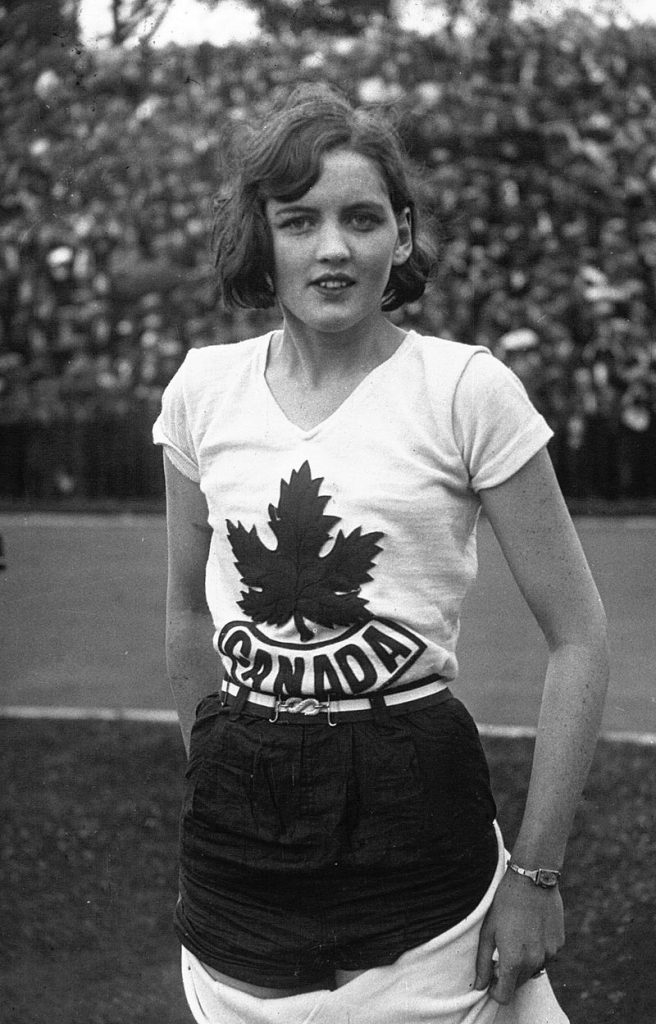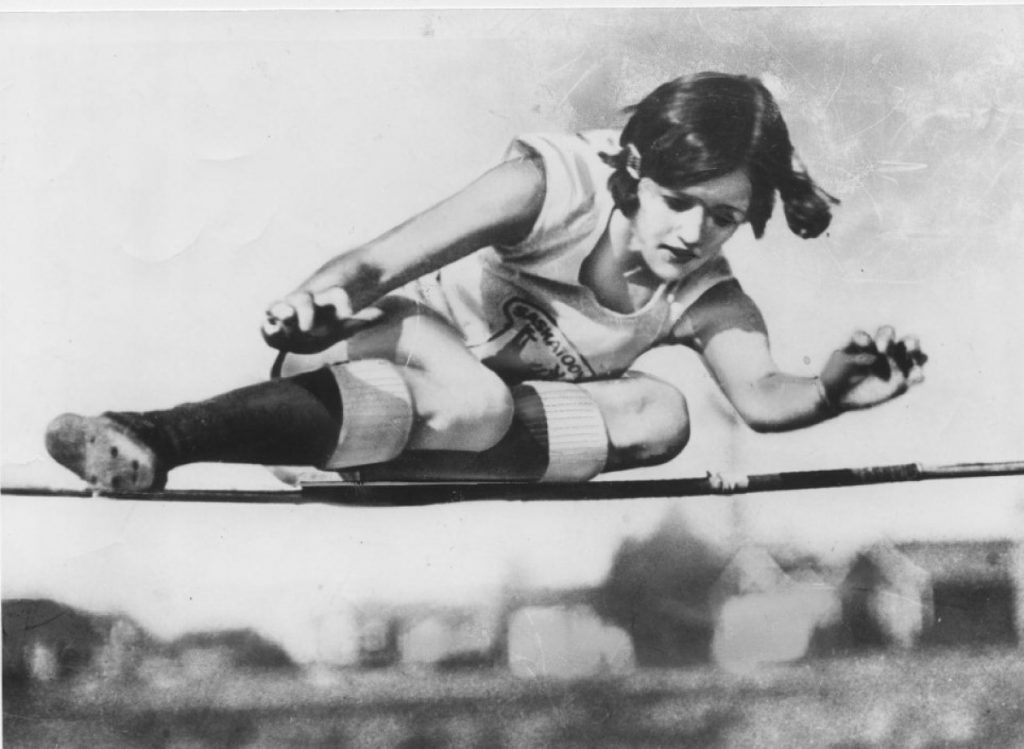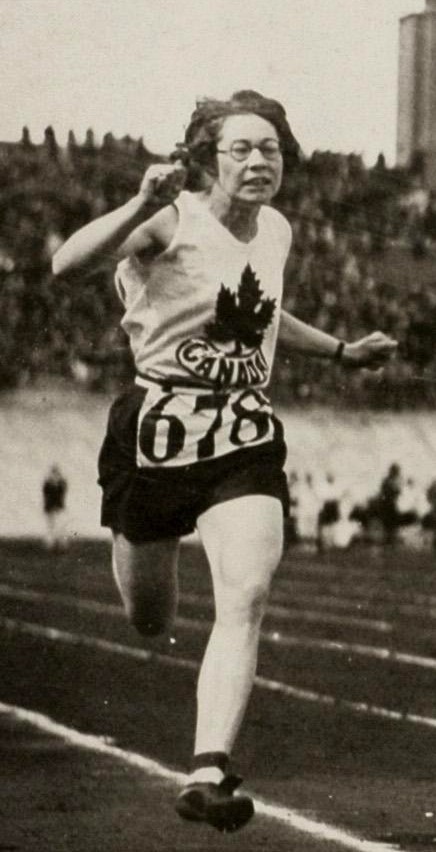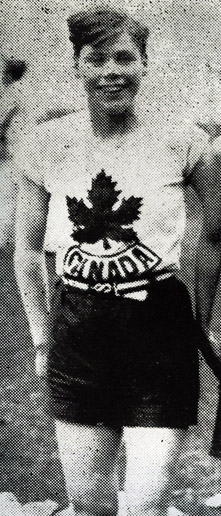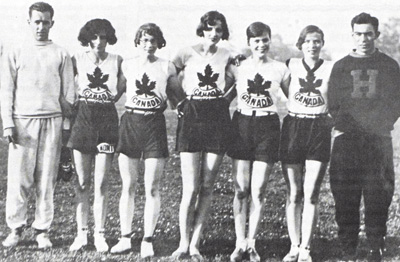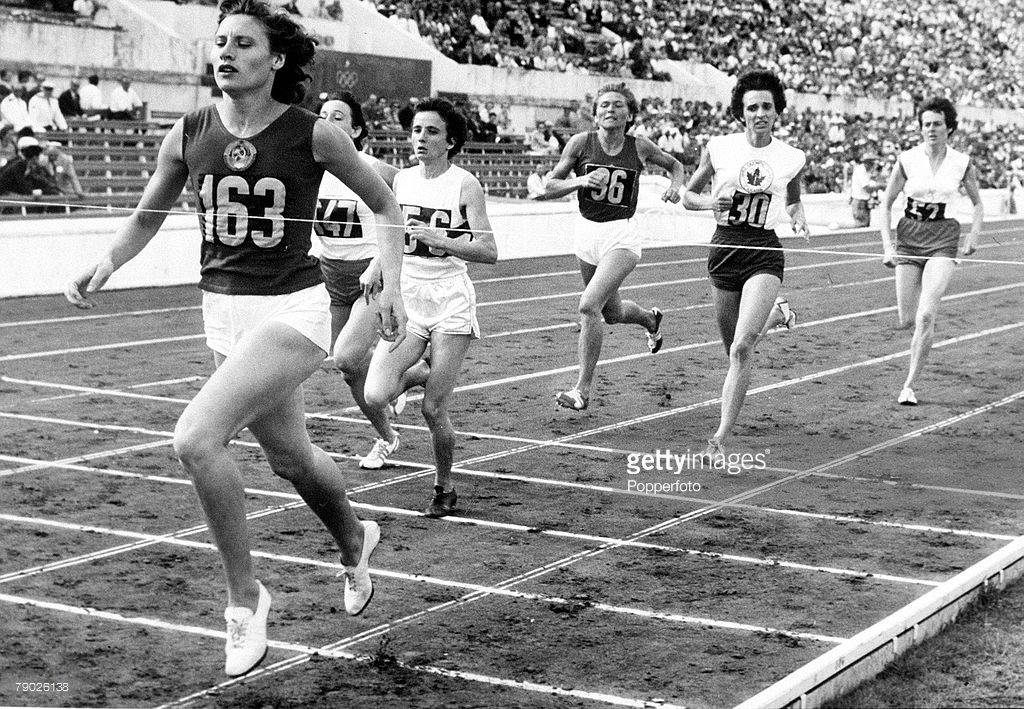It’s great having a new and modern Television but there is just something special and beautiful about TV’s of the past (Don’t you agree?) So you can imagine my excitement when I was recently able to pay a private visit to Toronto’s MZTV Museum of Television & Archive thanks to Zoomer Radio. It was an incredible visit with so much history under one roof that I need to go back to make sure I did not miss anything.
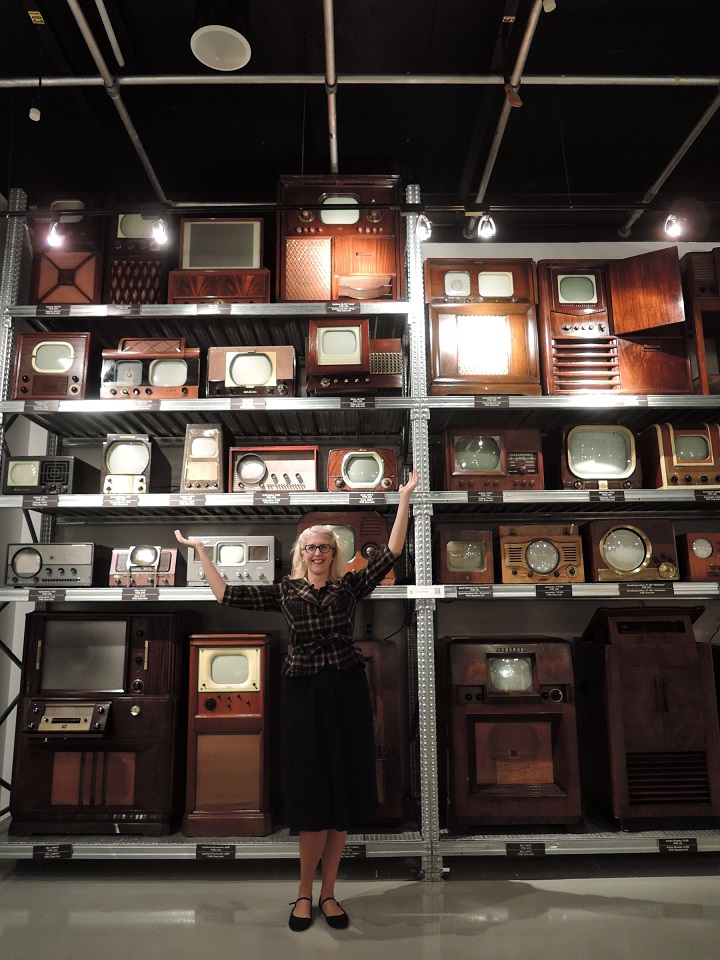
For today’s blog post I am going to give you a peek, just a peek into what the museum has to offer because if possible I want you to go and see it sometime yourself (so why ruin all the surprises in this post).
The MZTV Museum of Television & Archive
Mission Statement & About the Museum:
The MZTV Museum and Archive seeks to protect, preserve and promote the Receiving Instruments of Television History. Whereas other North American Museums of Broadcasting feature Programs, ours is unique in its focus on the History of the Technology, as well as on the Sets Themselves.
Together with related original papers, discs, books, magazines, toys and other ephemera the collection offers some 10,000 objects to scholars and students as well as the general public.
The Museum’s mandate is to exhibit the world’s most comprehensive collection of North American Television Receivers for the formative fifty-year period from the 1920s to the 1970s. The MZTV Museum also aims to tell the story of the medium and to contribute to the understanding of the impact of television on the people who watch it
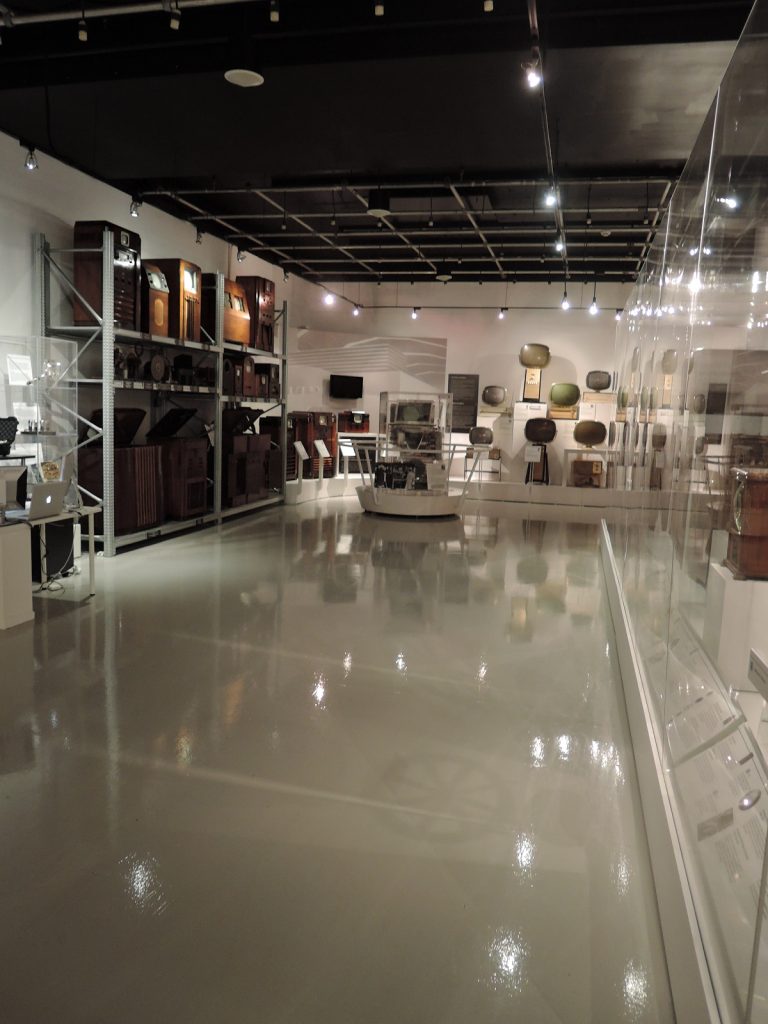
Inside the Museum…
Lets begin with the Pioneers of Television section. This was a great high level overview of all the important people who made Televisions possible. I enjoyed this intro because it really set a nice tone for the rest of the museum tour.
Don’t like reading? No worries the museum also has a wonderful FREE app you can download with audio of the content, extra images and videos to give a little more to what is featured in front of you. The app was a great addition to my tour.
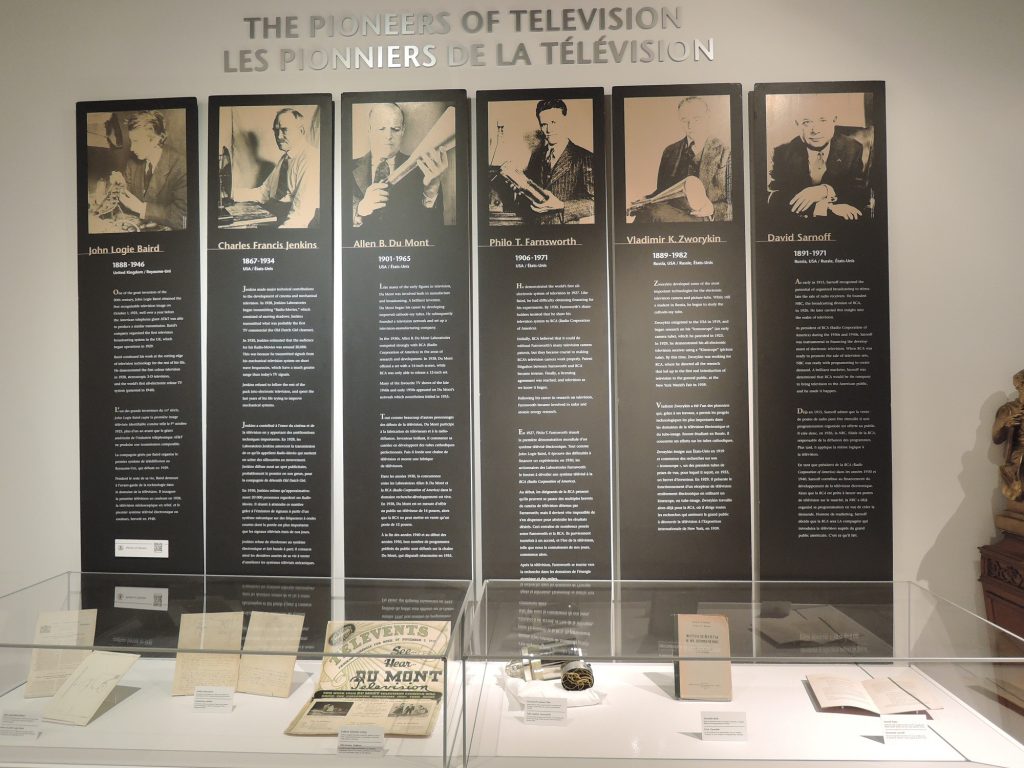
Now before reading ahead, who of my readers knows what role ‘Felix the Cat’ played in the beginning of Television? If you know the answer, pat yourself on the back and then continue reading below.
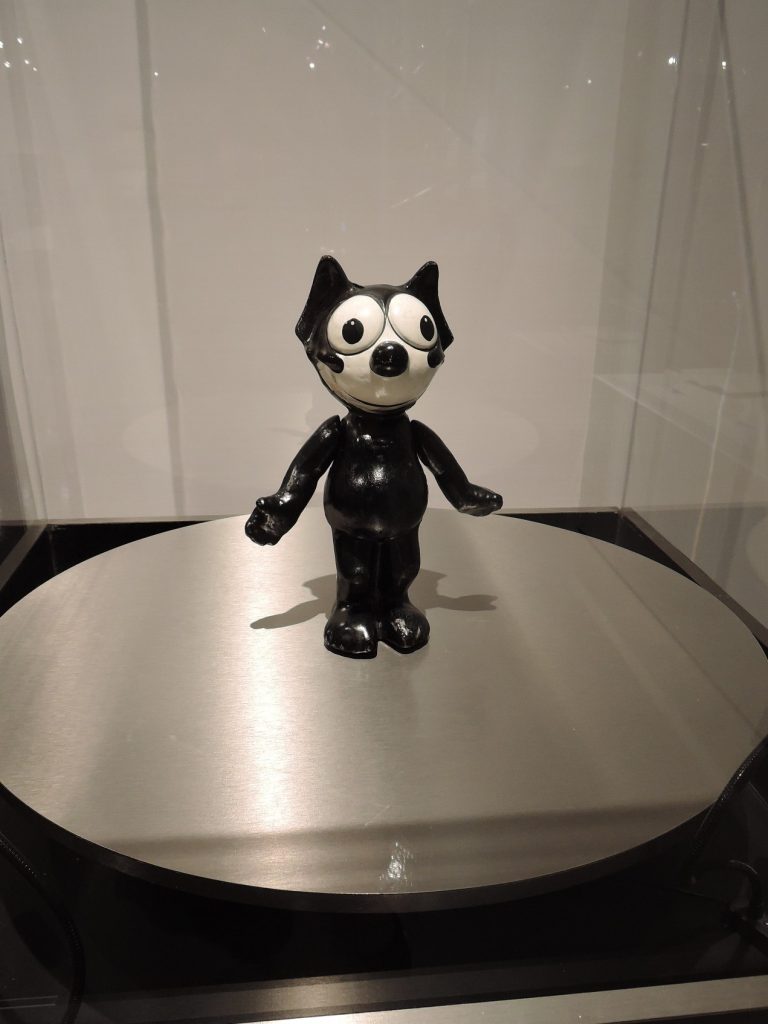
The Answer: Pictured above is the original papier-mache figurine of Felix purchased at F.A.O. Shwartz in NYC. This figurine of Felix would become Televisions first star when RCA would first transmit his image from the Empire State Building in 1928 and then again in 1939 for the first commercial television broadcast. This was a lead up to the formal unveiling of Televisions at New York World’s Fair.
Once you leave Felix on his turntable, the museum has you move to various sections that explain how Televisions were formed, how they worked, what they looked like in different era’s plus various other tidbits. Here are some images of those displays.
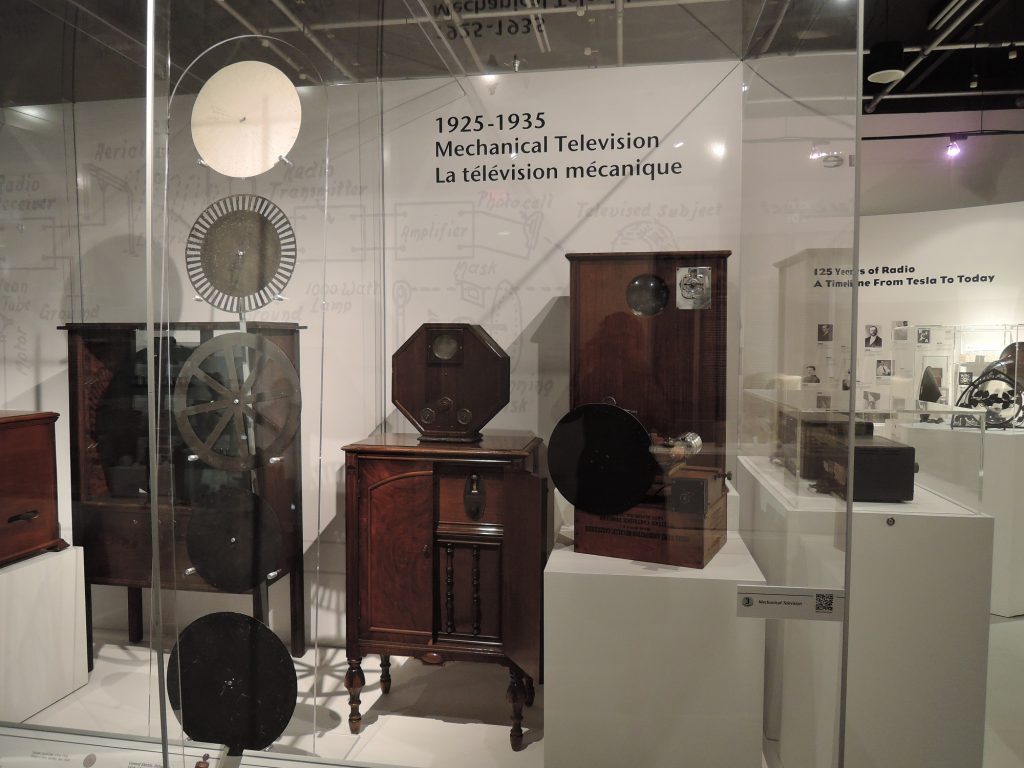
1930’s-1940’s Televisions (just a sample of what they have).
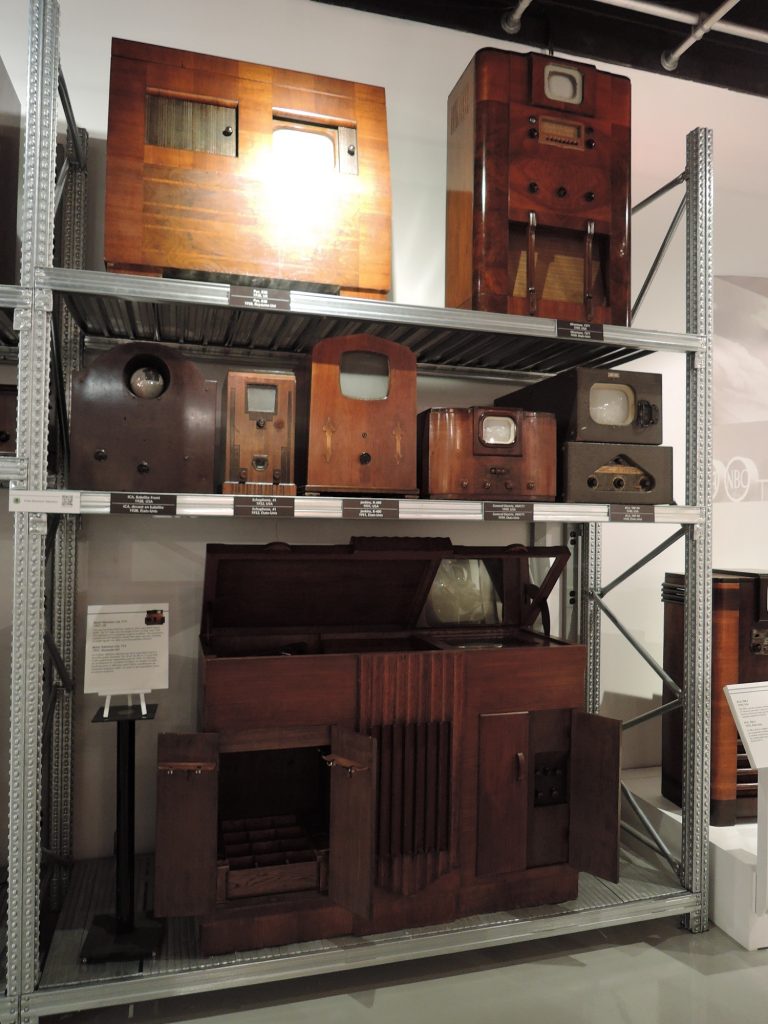
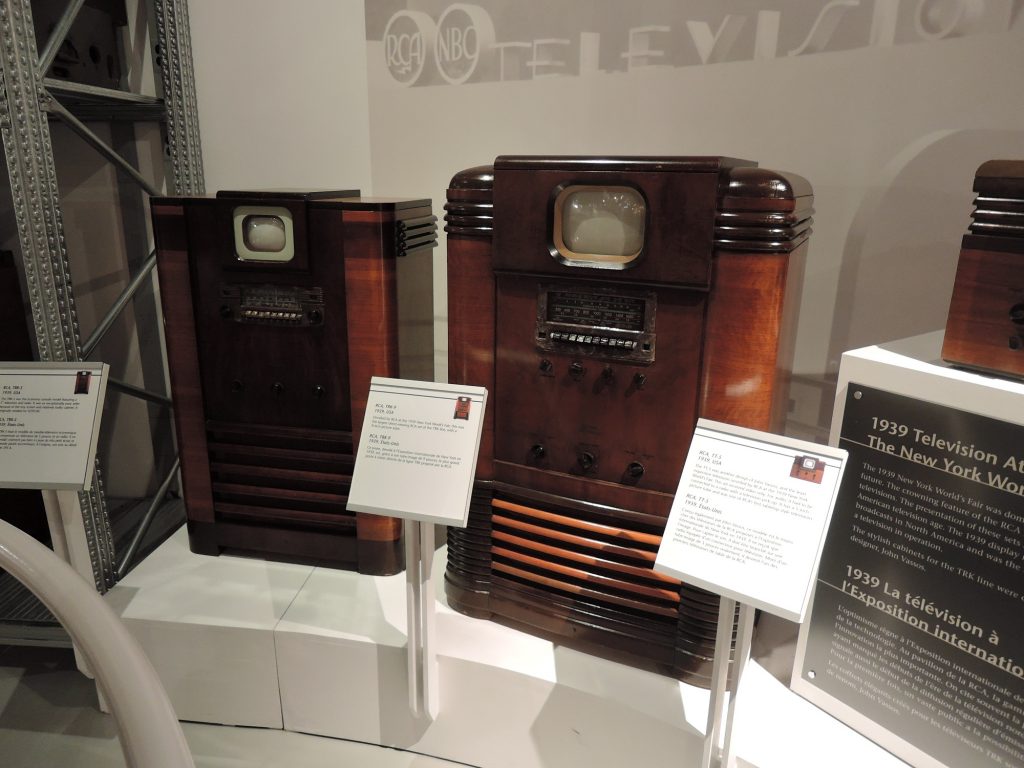
1950’s-1960’s. LOVE these TV’s. They are just so cool!
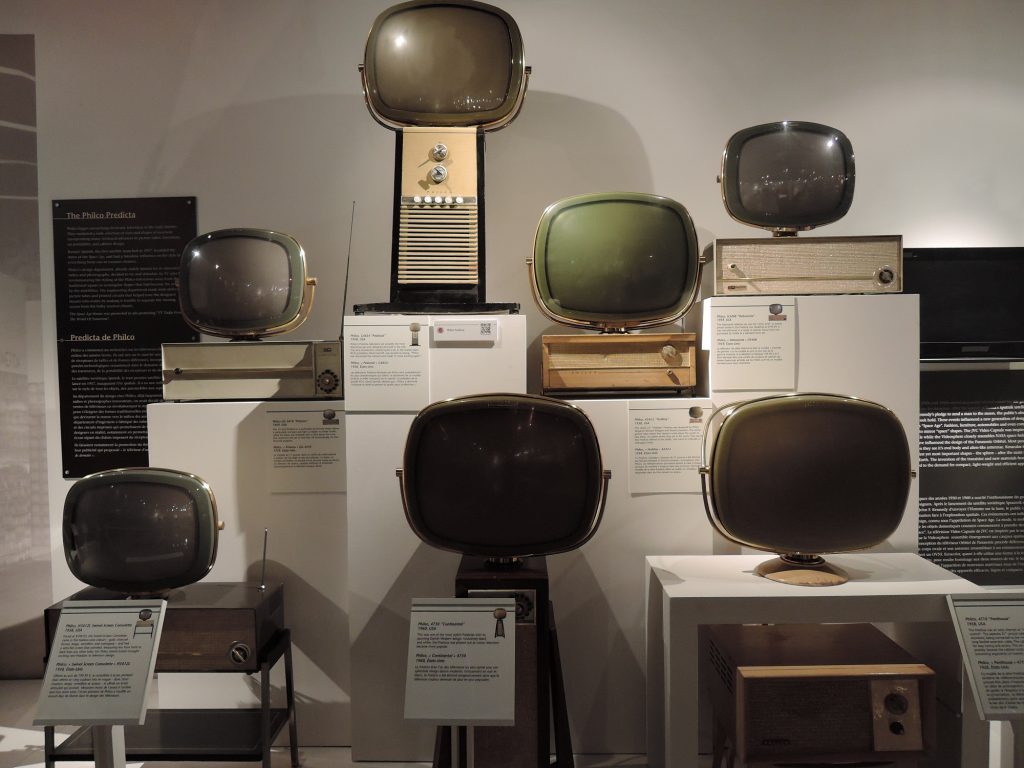
It’s all about the details. Philco Radio.
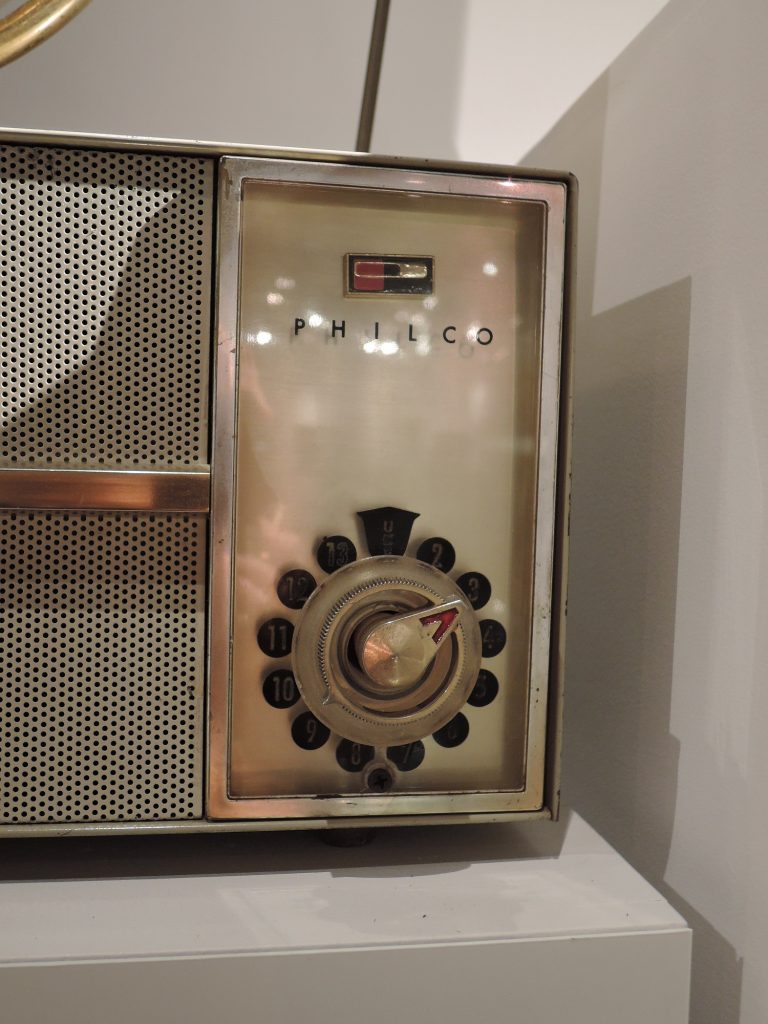
Sample from the the space age TV’s.
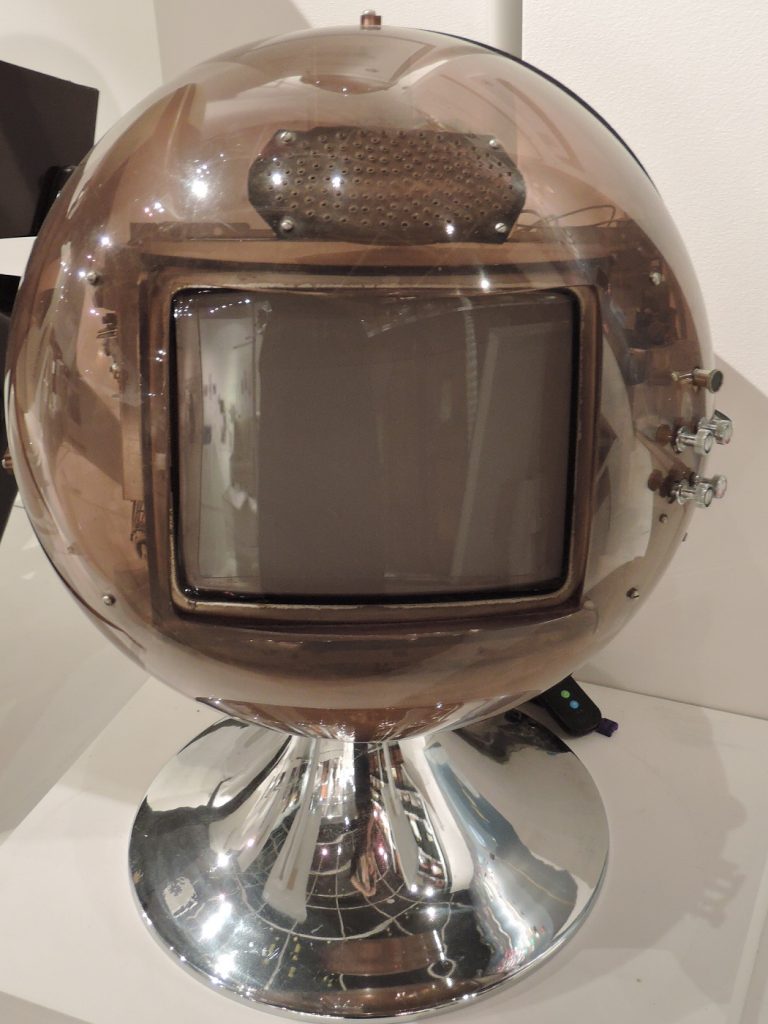
There were so many stunning Television’s but I think the one that stood out the most for me was this 1950’s West Germany, Komet. You would need nothing else in your room but this work of art (also housing a turntable).
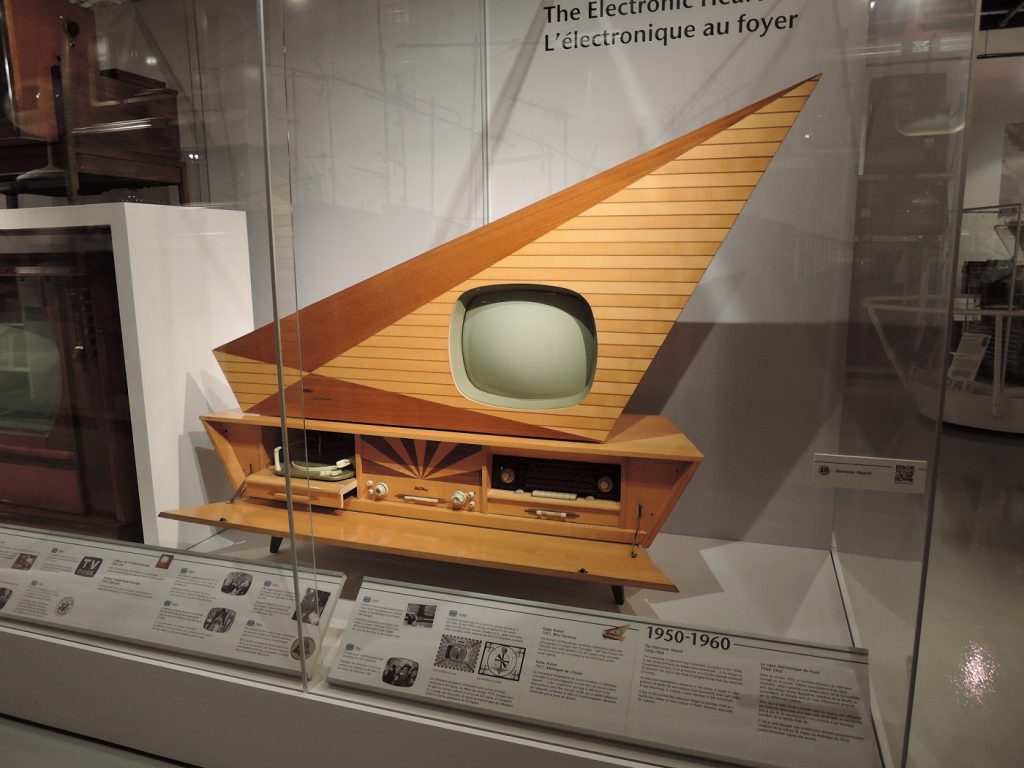
Beyond showing the timeline of Television sets, the museum also plays hosts to 3 special sets.
Up first this lucite beauty from RCA shown at the 1939 World’s Fair in NYC (The ONLY one in the world).
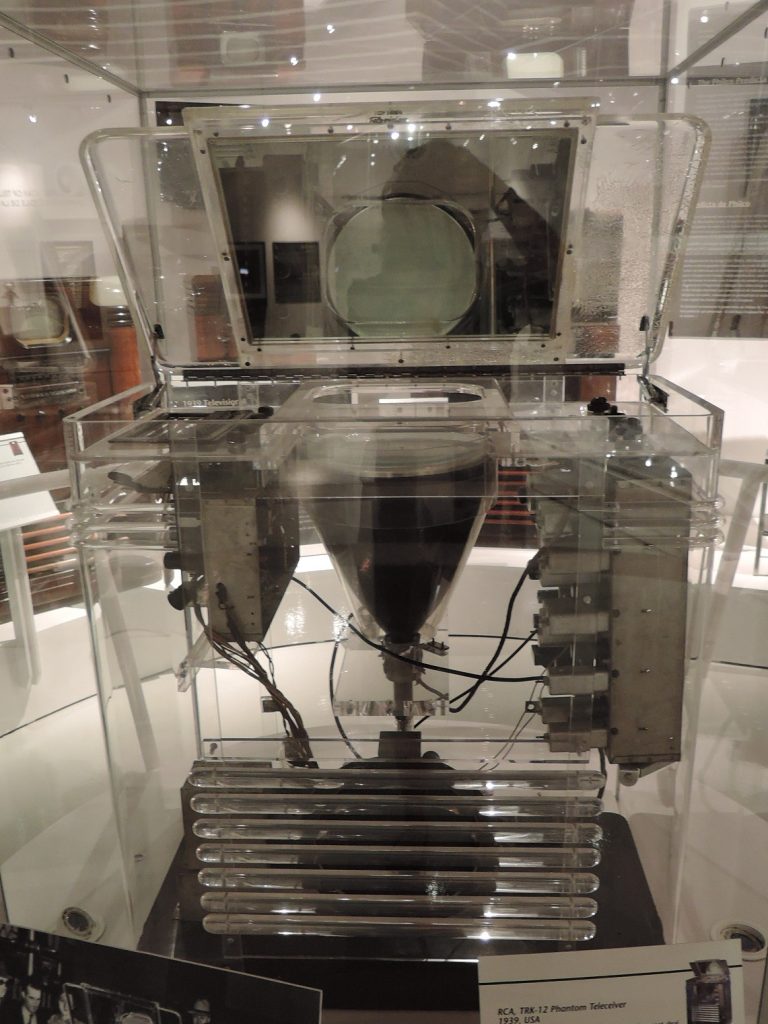
The 1939 World’s Fair was the first time many people had their first look at television and the centerpiece was the Phantom TRK-12 shown above, whose cabinet was made of transparent Lucite. Having the transparent casing convinced skeptics that TV really worked and wasn’t all smoke-and-mirrors. The TRK-12 had the CRT facing straight up, and the screen was watched by looking into a mirror (Source).
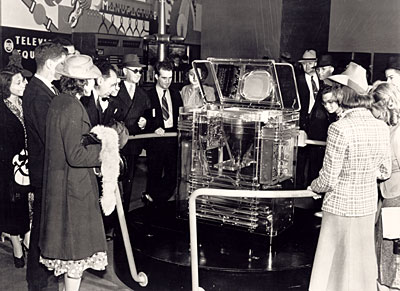
The next special TV is Elvis Presley’s early 1970’s set that was situated on the counter in his kitchen (which was very uncommon at that time).
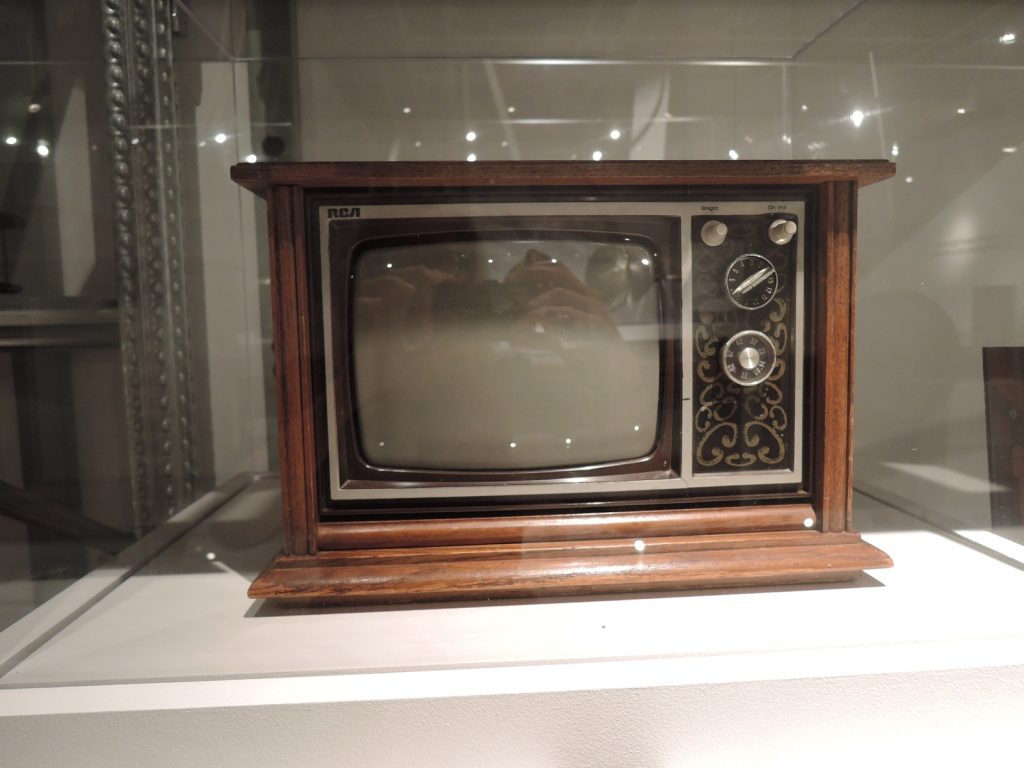
It was a tiny TV as you can see below in this photo from Graceland.
First Elvis, now a 1957 Magnavox Television from Marilyn Monroe (seen to the left in the tableau below).
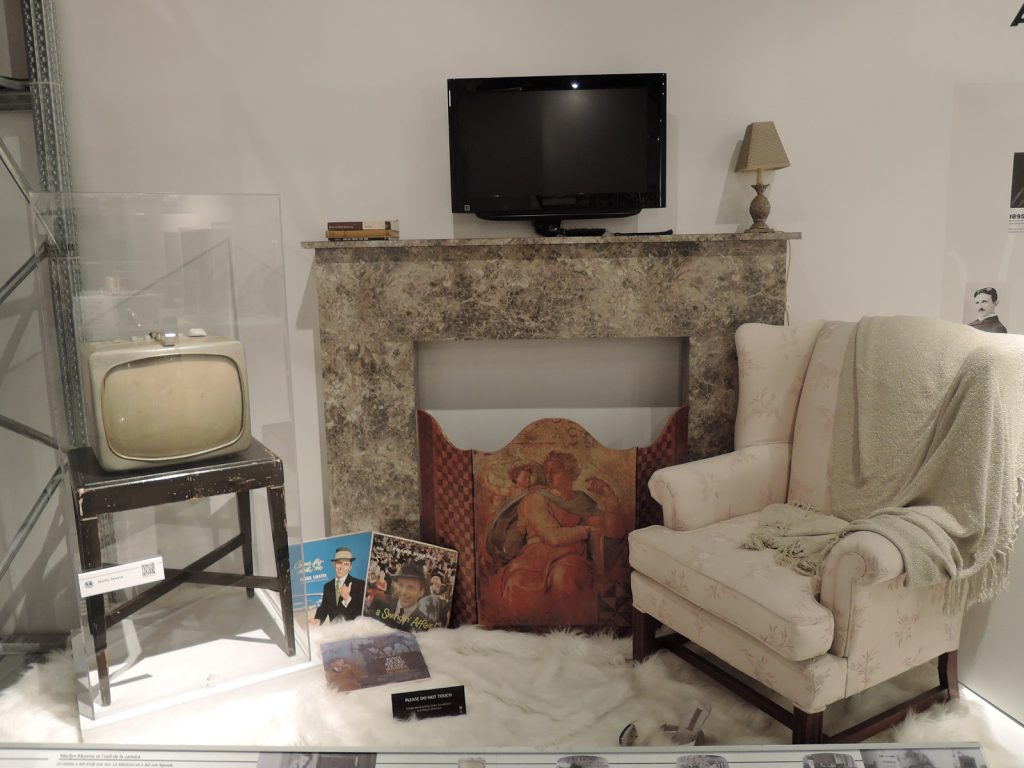
The last part of my visit had a stop at the archives portion of the museum and it was jam-packed with advertising, books, photos and so much more. It was very cool to see (I adore anything archive related) and a great resource for anyone in the field or in need of historic information.
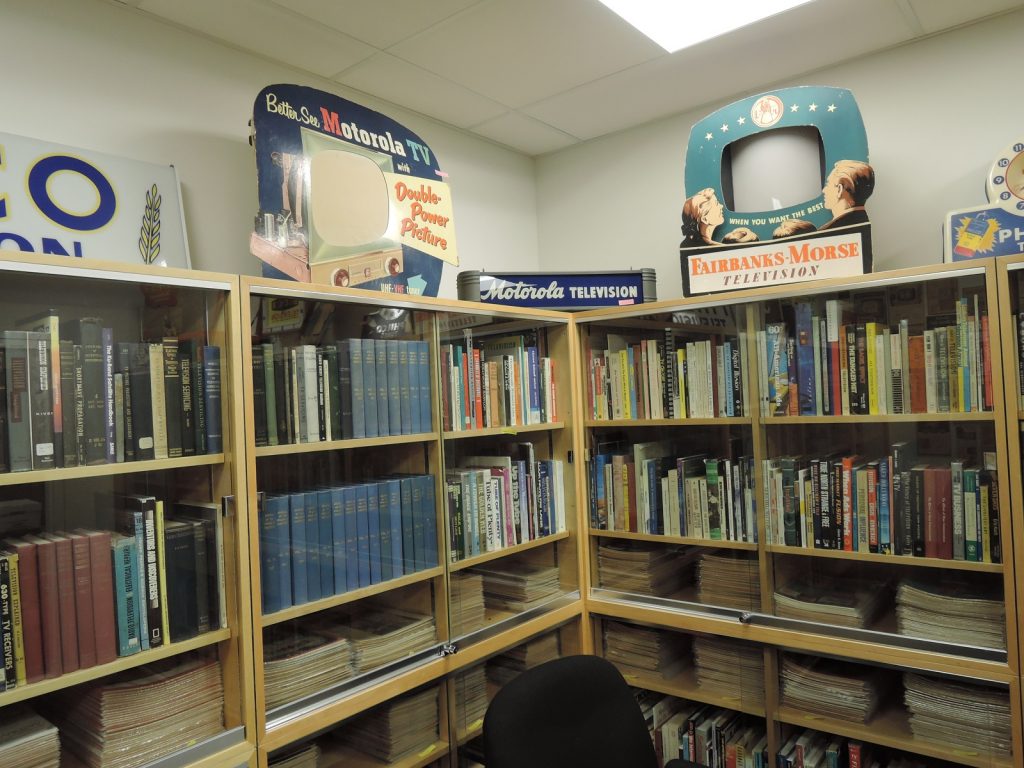
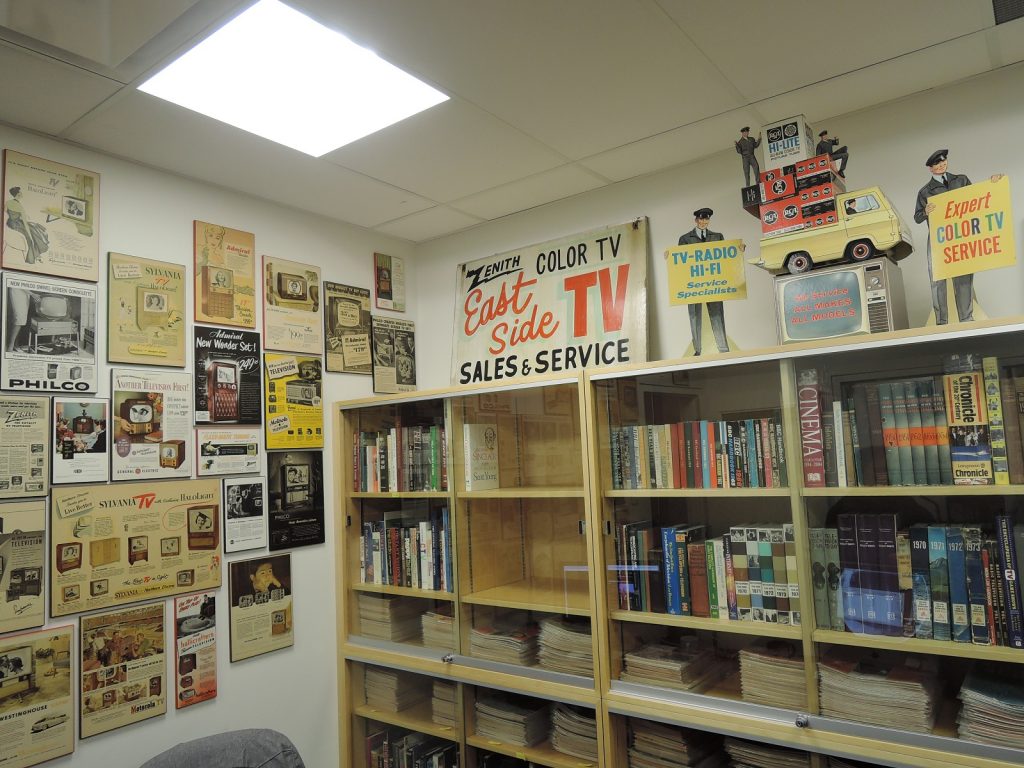
And that was my wonderful visit. Thank you to the fantastic staff for answering my questions and allowing me into the archives portion of the museum. I enjoyed myself immensely and I look forward to my next visit.
NOW it’s your turn! If you live in Toronto or are visiting Toronto soon (or someday), then make sure you make time to stop by the Museum you won’t regret it!
- Location: 64 Jefferson Ave, Toronto, Ontario Canada
- MZTV is open Tuesday-Friday: 2pm-5pm
Saturday-Monday: Closed - Pricing:
- Adults $10
- Seniors and Students $5
- Groups 10+ $5/person
- CARP Members FREE
- Children 12 and under FREE
Question Time: What style of vintage Television do you like? Share in the comments below.
FURTHER READING:
- Meet the Host Behind Zoomer Radio’s ‘Vintage Favourites’- Gene Stevens
- Vintage Toronto Blog Posts Archive
Liz

